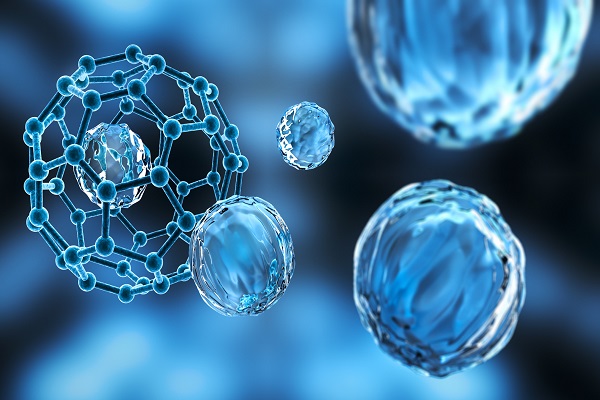Nano biological robot (structure and function) based on PhD in nano-microelectronics (PhD in education and research)
Researcher and author: Dr. ( Afshin Rashid)
Note: In particular, nano-robotics refers to the discipline of nanotechnology engineering still largely theoretical in the design and construction of nano-robots. Nanocars (nanobots or nanoid) are usually devices that range in size from 1-10-10 micrometers and are made of nano or molecular components.
Since no artificial non-biological nanocars have been developed so far, they remain a hypothetical concept. Macro-scale robots or microbots that can move with nano precision can also be considered nano-loads. The size or shape of a medical nanoparticle (Nano biological robot ) affects their mobility, permeability, and reactivity. Different extracellular nanostructures can be used as models. Nano biological robots (nanobots or nanoids) Medical nano biological robots use thin layers of nanocells and deliver efficient stimuli in the biological environment.
Another application of the nano biological robot (nanobots or nanoids ) is targeted drug delivery. Normally, when the patient's body receives the drug by injection or eating, the drug enters the blood vessels and completely Parts of the body are transmitted. One of the disadvantages of this type of drug delivery is the occurrence of side effects and also the minimal impact on the patient part in drug delivery by nano load (nanobots or nanoids Nano biological robot ) Using its sensors, it detects the patient's part and injects the drug into it. The advantage of this type of drug delivery is that the drug reaches only the patient's part of the body and the side effects are eliminated. Diseases that require chemotherapy are not tedious and are easily done and the destructive effects are eliminated. Another advantage of this type of drug delivery is less drug use and its high speed. Because the speed of drug delivery is equal to the speed of blood circulation, which is very high. Nano-robots are smart in gathering in a specific place for medical operations and dispersing if necessary after the mission. Collaborative behaviors, that is, the cooperation of nanobots and their coordination in missions, sometimes the collective performance of nanobots has better results. (Nanobots or Nanoids) Nano biological robot ) They must be able to assemble themselves automatically or reproduce like single-celled organisms, and also be able to repair themselves if damaged. Information planning and processing The processing of information collected from the biological environment and programming for nanobots is of particular importance. (Nano biological robots ) have the potential to protect the system meticulously by assembling and cloning . In fact, they are put into a process with an atomic or molecular structure to complete a cycle.
Conclusion:
In particular, nano-robotics refers to the discipline of nanotechnology engineering still largely theoretical in the design and construction of nano-robots. Nanocars (nanobots or nanoid) are usually devices that range in size from 1-10-10 micrometers and are made of nano or molecular components.
Author: Dr. ( Afshin Rashid)




